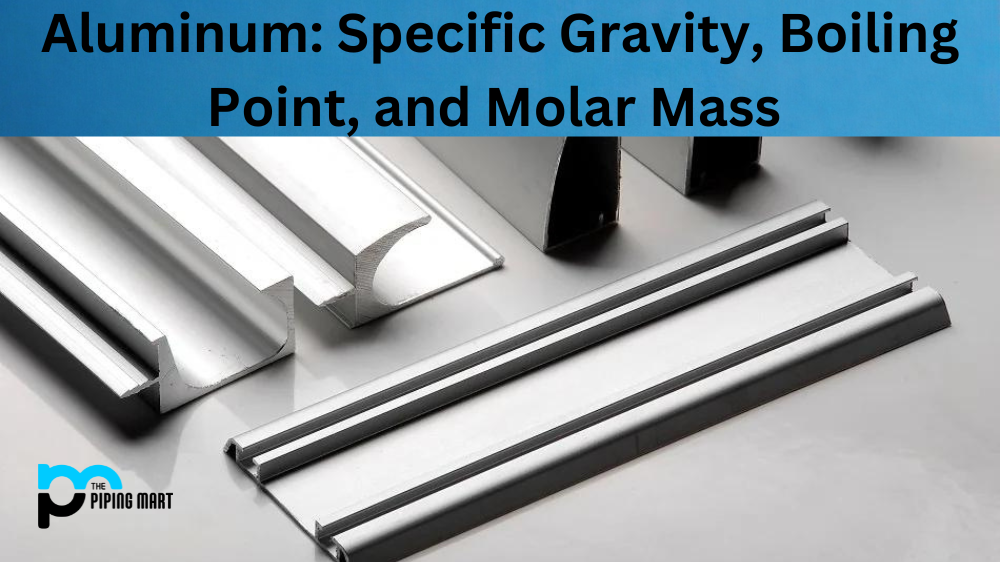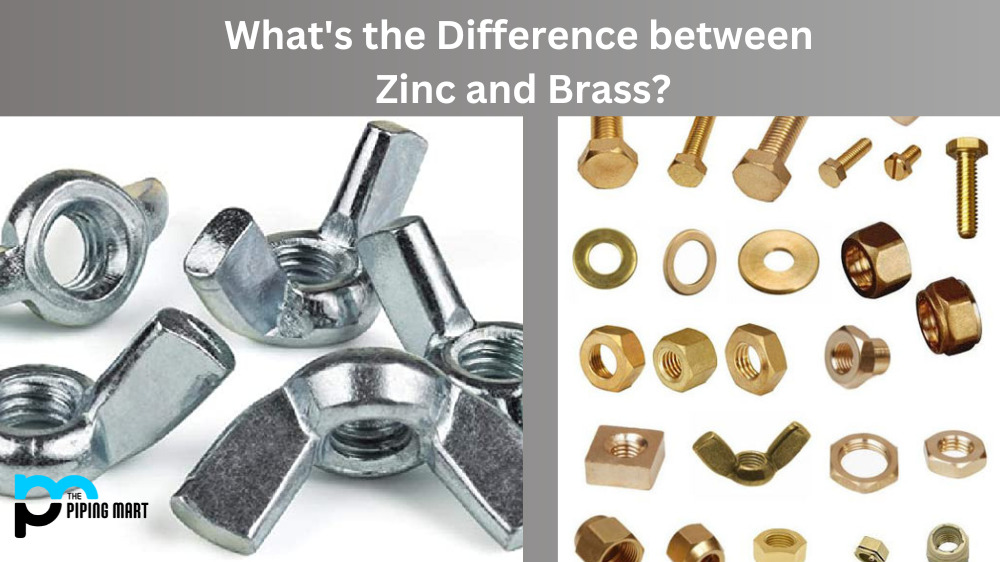Ever heard of Inconel? Chances are you haven’t, but it’s a material used in a variety of industrial projects. It’s an alloy made up of nickel and chromium that makes it resistant to corrosion and oxidation under high temperatures. In this blog post, we will discuss two popular types of Inconel – 718 and 925 – and the differences between them.
Inconel 718
Inconel 718 is a precipitation-hardenable nickel-chromium alloy that combines corrosion resistance with high strength and good fabricability. It has excellent fatigue strength, age hardening response, and good weldability. The alloy contains significant levels of niobium, molybdenum, titanium, aluminum and cobalt which gives it its unique properties. This combination makes it ideal for use in jet engine components such as blades, discs, shafts, hubs and housings. Additionally, Inconel 718 is often used for cryogenic applications due to its excellent low temperature toughness.
Inconel 925
Inconel 925 is also a precipitation-hardenable nickel-chromium alloy but differs from 718 because it contains higher levels of molybdenum (2%-4%) than its counterpart. Because the added molybdenum gives the alloy better creep strength at elevated temperatures, Inconel 925 is primarily used for high temperature applications such as turbine blades or exhaust systems in jet engines. Additionally, it can be used in chemical processing equipment where hydrochloric acids are present because the increased molybdenum content improves resistance to chloride stress corrosion cracking (SCC).
Difference between Inconel 718 and 925
Composition
The main difference between Inconel 718 and 925 is their composition. Inconel 718 contains niobium, which gives the alloy added strength and corrosion resistance. Inconel 925 does not contain niobium, but instead contains molybdenum, which gives the alloy added strength at high temperatures.
Applications
Inconel 718 is typically used in aircraft components, gas turbine engines, and cryogenic storage tanks. Inconel 925 is typically used in chemical processing equipment, marine engineering, and oil & gas production equipment.
Price
Inconel 718 is typically more expensive than Inconel 925 due to its niobium content.
Conclusion:
Both Inconel 718 and 925 are popular choices when selecting an alloy due to their excellent resistance to heat and oxidation. However, they have different uses due to their different composition; while 718 is best suited for low temperature applications such as cryogenic tanks or containers due to its higher niobium content; 925 is better suited for elevated temperatures because it has more molybdenum which increases its creep strength at those temperatures. Therefore when choosing an alloy for your project make sure you take into consideration your application’s specific needs before making your selection!

A passionate metal industry expert and blogger. With over 5 years of experience in the field, Palak brings a wealth of knowledge and insight to her writing. Whether discussing the latest trends in the metal industry or sharing tips, she is dedicated to helping others succeed in the metal industry.




